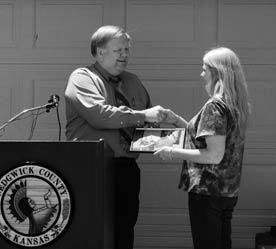Looking Forward
So, can we look for more productivity and impact with NSP2 and NSP3? Unquestionably. While the track record will remain uneven among participating localities, NSP2 funding recipients are likely to experience more efficient and strategic property acquisitions, an increase in the scale of property development, and improved access to conventional mortgage financing as market conditions improve.
NSP2 fund recipients were required to craft coherent and collaborative plans in order to get funding. As a result, NSP2 collaborations are able to start using funds much quicker and execute much more specific geographic targeting strategies. NSP3 awardees reflect capacity in addition to a more current analysis of need. Most NSP3 grantees have also developed considerable infrastructure during the NSP1 operational period.
NSP brings unparalleled resources to help struggling communities, but realistically, NSP funding pales in comparison to the unprecedented size and scope of America’s housing crisis. The challenge going forward, therefore, should not be to focus on a new and improved NSP, but rather to figure out how we use the limited federal funding being made available through NSP, CDBG, HOME, and other sources to restart the engines of the private sector.
Real, sustainable neighborhood reclamation will require a greater involvement of the private sector; not as a competitor to local public and nonprofit activities, but rather as a partner.
More institutions that hold defaulted assets, including specialized distressed asset servicers, private investor note purchasers, short sale experts, and holders of low-value assets, must increase the inventory of available properties. Localities need access to all of the strategically important property assets to be successful.
Firms that specialize in property renovation and new construction at scale must be engaged in turnkey development activities. Property acquisitions should never be slowed down waiting on local development teams to free up for additional renovations.
And limited federal dollars must leverage private capital. Too often, localities have chosen to obligate their NSP funding by investing large, unleveraged sums directly in acquisition and renovation of REO properties. While this approach commits the federal funding quickly, it “locks up” that flexible capital for extended periods of time until the property is subsequently sold to a new buyer. Increasingly, NSP dollars must instead be used to reduce the risk for private investment to ensure funds can be moved faster and for more properties.
So, has the Neighborhood Stabilization Program been a failure or a success? Claiming either failure or success at this juncture would be like writing a book review based on the first few chapters of a long saga. We have years of restoration ahead of us. Inevitably, the NSP story will have many future twists and turns, but neighborhood stabilization efforts will be stronger in the years to come.





Comments